Original Author: Shivam Sharma, Binance Research
Original Compilation: HuoHuo
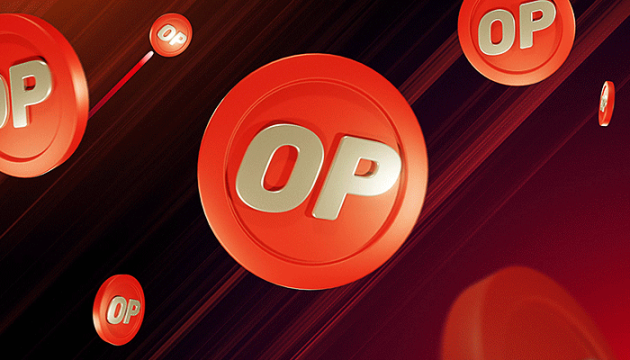
The era of L2 Rollup is approaching, and activities on Ethereum L2 have reached an all-time high. The average transactions per second (TPS) on L2 have surpassed Ethereum since the end of 2022.
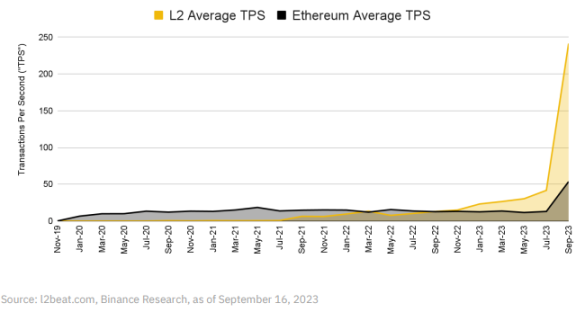
In the latest wave of L2 releases, many have utilized OP Stack, an open-source software development for Ethereum L2, OP mainnet, and new participants such as Base and Zora Network. Optimism envisions integrating these Rollups with numerous others to form a decentralized L2 chaining network, known as the super chain.
This article delves into the OP Stack and super chain theory, and then explores the evolving OP Stack ecosystem, including Base, Zora Network, DeBank Chain, and more. Additionally, it discusses infrastructure solutions to enable developers and builders from various backgrounds to access this range of OP Stack chains.
01 About Optimism
Optimism is the company behind the OP mainnet, which is an Optimism Rollup similar to the Ethereum Virtual Machine (EVM) and has been operational since 2021, making it one of the leading Ethereum Layer 2 solutions. As of the writing of this report, the total value locked (TVL) on the OP mainnet exceeds $2.6 billion and holds the second-largest market value among all Ethereum Layer 2 solutions, with a market share of over 25%.
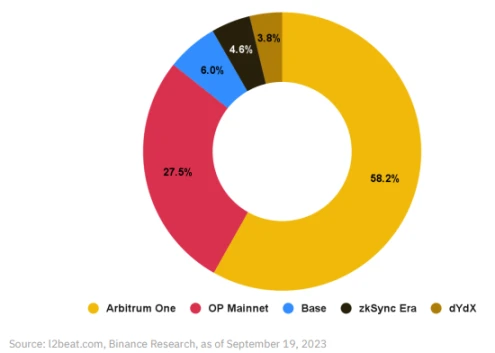
In October 2022, Optimism introduced the OP Stack, which is a "highly scalable, highly interoperable modular open-source blueprint." It also introduced the concept of the "super chain," which refers to a highly integrated and unified Layer 2 blockchain group built on OP Stack. The next major development is migrating their L2 Rollup to Bedrock.
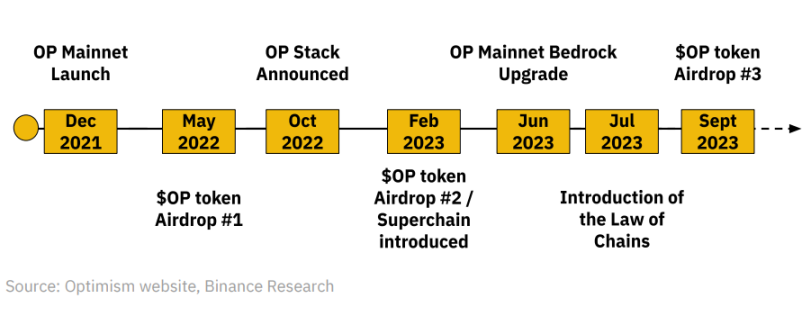
Optimism's brief development timeline so far
OP Stack is a standardized, shared, and open-source development for supporting the OP mainnet, consisting of various software components that build Optimism's L2 Rollup for creating a shared, interoperable, and collaborative L2 blockchain network. OP Stack aims to simplify the construction of L2 blockchains, similar to a "supermarket for building L2," allowing builders to easily modify or create modules to meet their specific needs.
Builders can modify existing modules or create new ones to suit their needs, and OP Stack deconstructs and packages different L2 building components into independent modules. Ultimately, Optimism expects highly compatible L2s, referred to as OP chains, which will form part of a super chain.
The super chain theory is Optimism's vision to upgrade its ecosystem into a super chain. The super chain is envisioned as a decentralized network of L2 chains (OP chains) that share security, communication layers, and open-source technology stack (OP Stack). These chains will be standardized and used as interchangeable resources to enhance chain interoperability.
This standardization will enable builders to create applications targeting the entire super chain, not just applications running on the underlying chain. It is important to note that the super chain is currently a concept under continuous refinement.
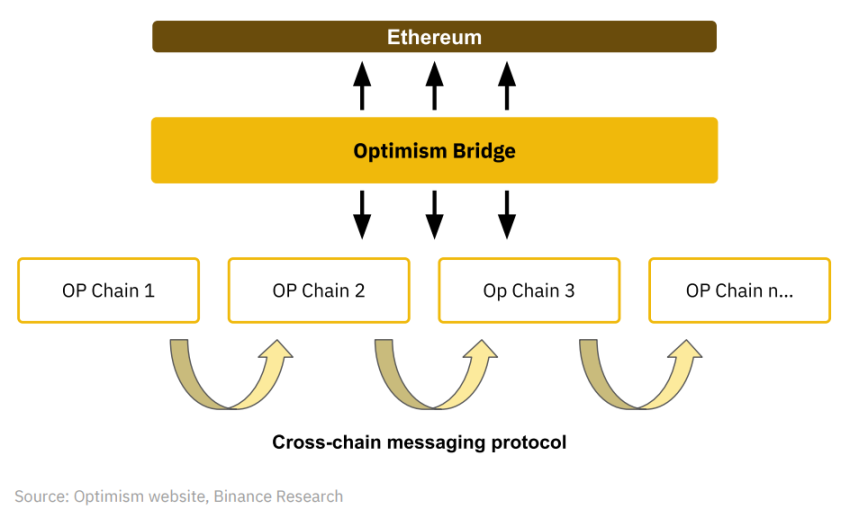
Illustration of the super chain
02 Growing OP Stack Ecosystem
With the release of Bedrock in June 2023, we have already seen many Rollups based on OP Stack. Next, we will take a closer look at some of the standout projects and major infrastructure projects.
Taking a quick look at the table below, we notice that Base's development is significantly ahead. In fact, the cumulative unique addresses of Base even surpass those of the OP mainnet. Base's Onchain Summer and integration with Coinbase may be key reasons for these relatively high numbers.
Please note that only OP mainnet, Base, Zora Network, and Public Product Network are on the mainnet, while the other three projects we cover are still in the testing phase.
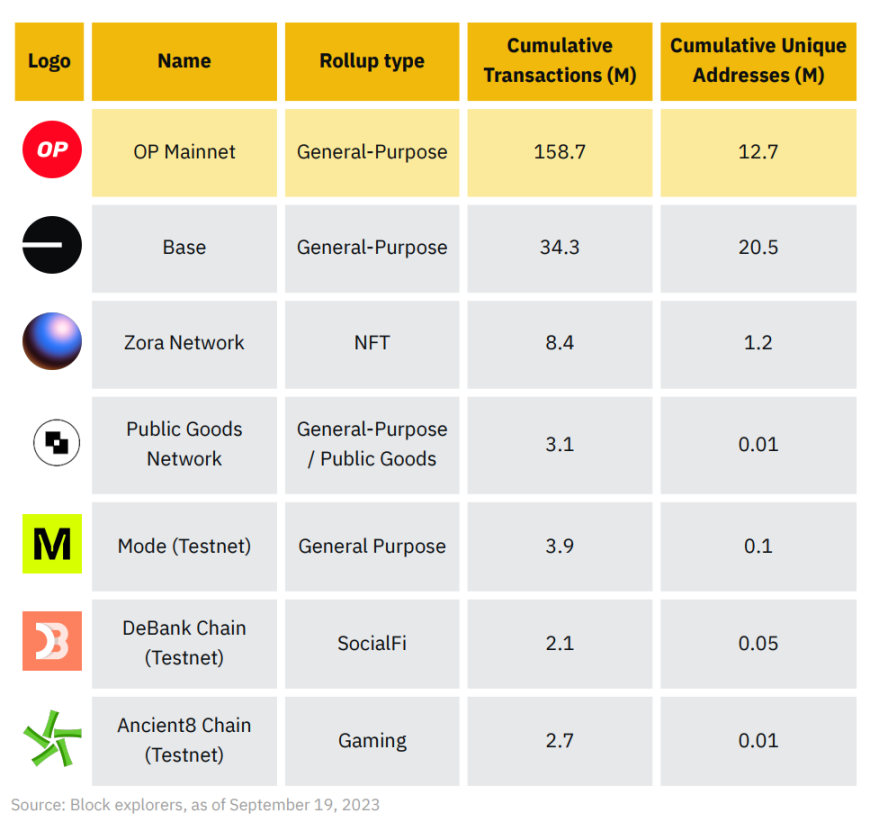
(1) Notable Projects
- Base
Base is one of the first announced OP Stack L2s (initially in February 2023) and launched its public mainnet on August 9. Base is a general L2 and is the second most popular OP Stack chain after the OP mainnet.
Onchain Summer, a month-long release event launched alongside Base, attracted multiple partners, including Coca-Cola, and jointly released NFT Mint. This event attracted over 268,000 unique wallets from 75 unique series, generating over 700,000 Mints. Base's close association with Coinbase enables multiple integrations, providing convenient access for Coinbase users. Base has also launched over 100 dApps, and its ecosystem continues to grow.
Additionally, friend.tech is a notable SocialFi platform that allows users to trade tokenized "keys" and has attracted a significant user base and trading volume. However, it is still in the testing phase, and future growth may require attracting non-crypto and Web2 users.
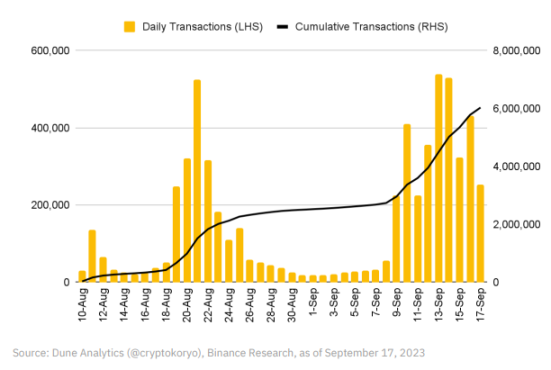
Following the initial hype in mid-August, friend.tech's daily transactions noticeably slowed down until picking up again in recent weeks.
Base's ecosystem fund is led by Coinbase Ventures, focusing on supporting early-stage projects including DeFi, Fiat on/off-ramp, and creator platforms. Additionally, the Base team has released Pessimism, an open-source monitoring system to enhance the security of OP Stack and other EVM-compatible chains, with a focus on detecting protocol threats and mitigating security risks.
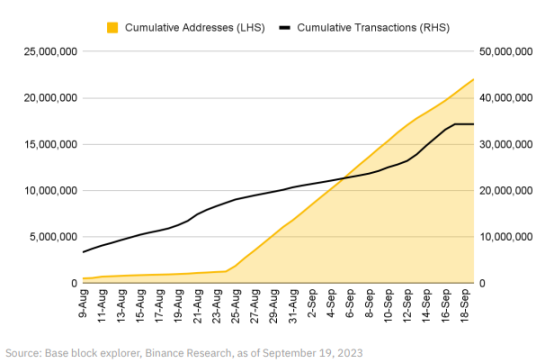
Since the launch of the mainnet in early August, Base's user metrics have shown significant growth throughout September.
Through a collaboration between Optimism and Base, they have reached an economic agreement where Base will donate 2.5% of sequencer total revenue or 15% of net profits to Optimism and have the opportunity to win up to $1.18 billion in OP Tokens over the next six years. While not explicitly announced, other OP Stack chains may also have similar revenue-sharing agreements with Optimism, demonstrating the importance of collective contributions to the super chain's infrastructure.
- Zora Network
Zora Network is a decentralized, permissionless protocol that allows anyone to buy, sell, and create NFTs. Additionally, they have launched their own OP Stack Layer 2 network to support users and reduce platform costs.
They launched their mainnet on June 21, 2022, to provide a better user experience for NFT transactions, with the cost of creating NFTs being less than $0.5 and offering many free Mint options. Compared to Ethereum, the block time on OP Stack is only 2 seconds, allowing Zora Network's transactions to be confirmed within seconds.
Furthermore, Zora Network has successfully completed three rounds of fundraising, raising a total of $60 million, including a $50 million round led by Haun Ventures in 2022, bringing the company's valuation to $600 million. These funds will help drive Zora Network's development and growth in the NFT space.
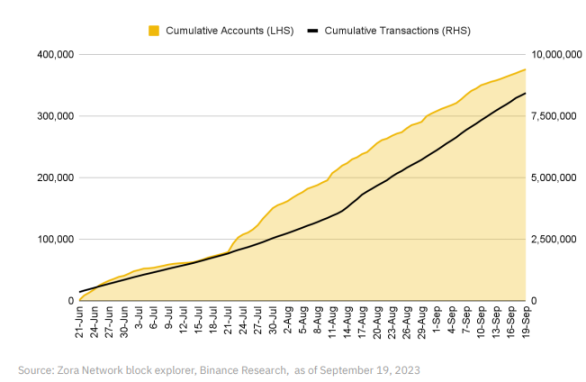
Zora's user metrics have steadily increased since late July.
- Public Goods Network
Public Goods Network (PGN) is an L2 protocol designed to support public goods, which are non-excludable and non-rivalrous products or services, such as parks, libraries, and road infrastructure, and in the digital realm can include open-source software, permissionless data, and AI models. PGN's development is led by Gitcoin and SuperModular and has garnered support from multiple public goods advocates, forming the Public Goods Alliance responsible for managing and organizing PGN.
PGN's operation PGN's documents indicate that the vast majority of net sequencer fees will be used to support public goods projects, so as activity on L2 increases, funds for public good projects will also increase. PGN aims to attract various types of dApps to deploy on its L2, not limited to projects related to public goods. PGN plans to evaluate its fees and allocate them to public goods projects within six months before January 2024, with more details to be announced in the coming weeks.
Additionally, PGN plans to utilize Contract Supported Revenue (CSR) after October 2023, which will allow developers to collect a percentage of fees generated from their contracts and support them in creating sustainable business models. CSR may become part of a broader L2 network, and there have even been Ethereum Improvement Proposals (EIPs) proposed to introduce CSR on the EVM's L2.
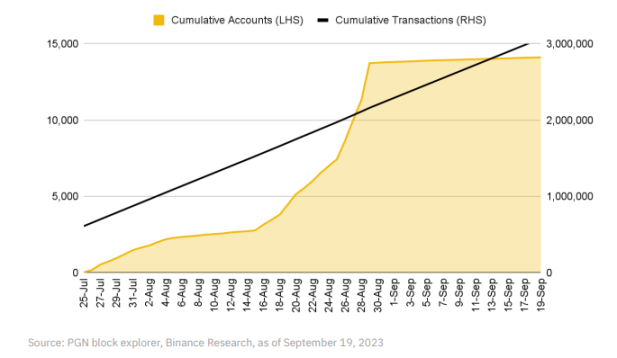
PGN's user metrics steadily increased in August. While new account additions slowed in September, transactions continue to rise.
- Mode
Mode is positioned to support high-growth L2 networks and empower users and developers to build world-class applications and expand ecosystems through direct incentives.
Running an L2 network requires maintaining a sequencer, responsible for sorting, processing, and transmitting L2 transactions to the L1 main chain. Typically, user-paid transaction fees go to the DAO or sequencer operating company. Mode's goal is to distribute these sequencing fees to the network's developers and users, rather than the company.
Developers based on Mode will receive a portion of Mode's sequencer revenue, depending on the transaction fees they charge in the contracts they deploy. These fees are paid in USD and settled every two weeks. This approach allows developers to directly benefit from their work, helping to establish predictable and scalable Web3 business models.
Mode encourages users, developers, and protocols to refer new members to share a portion of transaction fee revenue. They also provide support for developers to build applications and offer integrated development tools. Mode is developing a developer dashboard to provide key metrics and insights to help developers expand more easily. They also plan to integrate multiple external tools and services to help developers build sustainable businesses. Finally, Mode takes a governance-minimal approach, only requiring the DAO to vote on a few key issues, including determining the allocation of sequencing fee revenue.
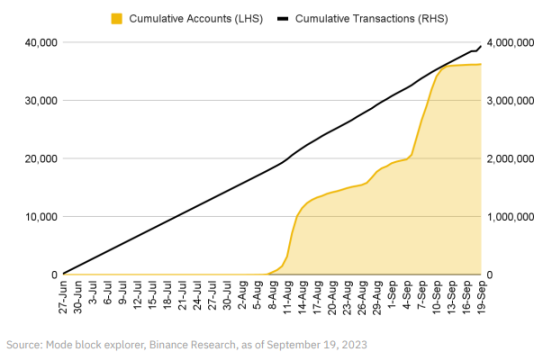
Mode is approaching 4 million transactions and has over 36,000 unique accounts.
Mode is currently on the public testnet, expected to continue until the end of September. The mainnet is expected to launch in the fourth quarter of 2023.
- DeBank
DeBank is a Web3 portfolio tracking protocol that offers various products, including portfolio tracking systems, social network services, and NFTs. DeBank Chain is their OP Stack-based L2 chain's testnet, expected to launch in 2024.
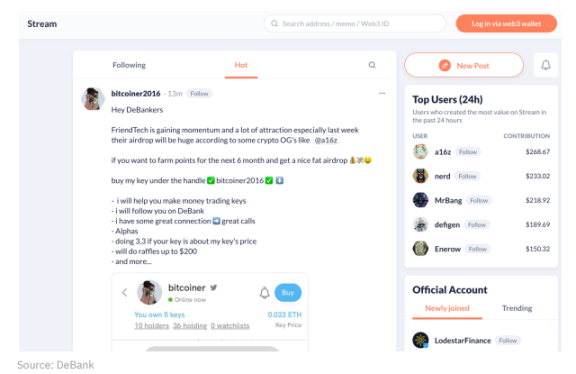
The core goal of DeBank Chain is to reduce the transaction costs of user interactions within the DeBank ecosystem. By modifying the consensus mechanism, they have successfully reduced the gas cost of individual transactions to better meet high-frequency social interaction needs. Additionally, DeBank Chain has built-in account abstraction and generates protocol revenue. Since the launch of the testnet on August 11, DeBank Chain has recorded over 2.1 million transactions, covering over 50,000 unique wallet addresses. Furthermore, DeBank has attracted over 250,000 registered users.
- Ancient8 and Ancient8 Chain
Ancient8 has been operating as a gaming guild and, in collaboration with over 100 games, aims to help gamers enter the Web3 world. They have introduced Ancient8 Chain, which is an Ethereum L2 series focused on gaming. The chain's testnet was launched on September 15. Ancient8's vision is to establish a complete gaming ecosystem, including NFT sales, game community building, game identity and credential creation, and project marketing. They have also established the Ancient8 Collective, consisting of 8 core partners, to collectively build the Ancient8 Chain ecosystem. The project has raised $10 million in funding.
Despite the Ancient8 Chain testnet being launched only a few days ago, it has already recorded over 2 million transactions involving nearly 5000 unique accounts. These statistics demonstrate the popularity and growth momentum of Ancient8 Chain in the Web3 gaming space.

Ancient8 Chain's testnet is still in the early stages.
(2) Infrastructure
- Conduit
Conduit is an Aggregator as a Service (RaaS) platform that allows developers to easily launch their own OP Stack aggregator. The Conduit team operates and maintains the aggregator, allowing developers to focus on building products rather than managing infrastructure.
Since its mainnet launch in March 2023, various OP Stack chains, including Zora Network, Public Goods Network, Ancient8 Chain, and Mode, have chosen to collaborate with Conduit to launch their products.
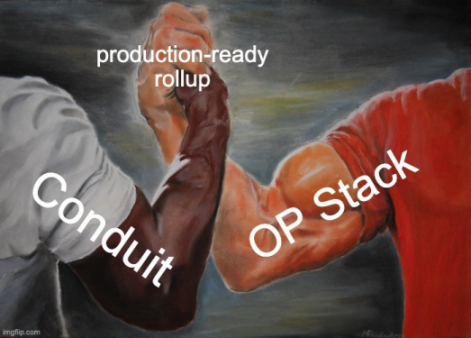
Conduit is a solution that helps facilitate the easy launch and management of OP Stack L2 Rollups. Developers can create their own L2, including block explorers, transaction trackers, and auto-scaling RPC, in minutes. Additionally, Conduit automatically updates each partner's L2 and integrates with the Optimism super chain, and also supports the Optimism philanthropic fund with a portion of the fees.
Conduit's integration allows partners to connect to other infrastructure projects, such as Zora Network, Axelar, etc., enhancing Conduit's integrated infrastructure and making it easier to expand the user base for rollups.
Conduit has raised $7 million in seed funding, led by Paradigm.
- AltLayer
AltLayer is an RaaS protocol that allows developers to launch Optimism Rollups. It supports multi-chain and multi-virtual machine worlds, including EVM, WASM, Solana VM, and Move VM, among others. Unlike Conduit, AltLayer supports various software development platforms. AltLayer is currently in the testnet phase.
AltLayer's products include a no-code dashboard that allows users to create custom L2 Rollups in minutes, as well as a Rollup SDK for developers who want to integrate Rollup services directly into their products. AltLayer also provides a shared sequencer set, enabling cross-chain atomic transactions and message passing with other L2s launched alongside AltLayer.
AltLayer provides a core network called the beacon layer, serving as an intermediate layer between the execution layer and data availability layer of L2. The beacon layer supports multiple aggregation SDKs, data availability solutions, sequencers, and interoperability platforms, increasing the flexibility and interoperability of Rollups.
The flash layer is a one-time, application-specific Rollup, useful for high-traffic activities such as NFT Mint, mini-games, etc. AltLayer also offers standard Optimism Rollups as part of its platform, more suitable for long-term applications such as GameFi and SocialFi.
AltLayer raised $7.2 million in seed funding in 2022, led by Polychain Capital.
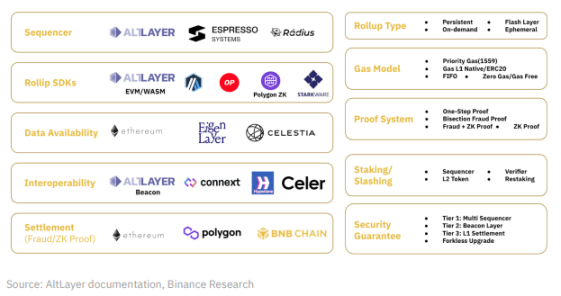
AltLayer's generic Rollup OP Stack supports multiple protocols.
Conclusion
We are witnessing a surge in various computation stack chains, including general L2s like Base and Mode, as well as specialized chains like Zora Network, DeBank Chain, and Ancient8 Chain.
New features like Conduit integration are simplifying the deployment and expansion of OPStack Rollups, making it possible for more OP Stack-based L2 Rollups to be launched. The uniqueness of Conduit combined with OP Stack, and whether to use specialized RaaS providers to develop ecosystems, is an interesting development compared to competitors' L2/L3 frameworks such as Arbitrum's Orbit or zkSync's ZK Stack.
Ethereum Rollup metrics continue to break records, with more and more dApps deciding to deploy on L2 instead of L1, heralding the era of L2 aggregation. EIP-4844, known as Proto-Danksharding, is expected to significantly reduce L2 Rollup fees and increase their competitiveness. The high usage of L2, convenient deployment infrastructure like OP Stack and Conduit, and the prospects of EIP-4844 will further drive the development of L2. We look forward to seeing how the future unfolds.
免责声明:本文章仅代表作者个人观点,不代表本平台的立场和观点。本文章仅供信息分享,不构成对任何人的任何投资建议。用户与作者之间的任何争议,与本平台无关。如网页中刊载的文章或图片涉及侵权,请提供相关的权利证明和身份证明发送邮件到support@aicoin.com,本平台相关工作人员将会进行核查。




